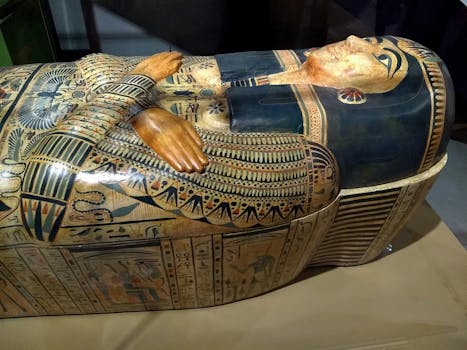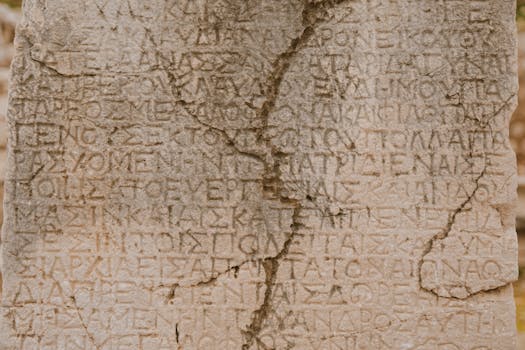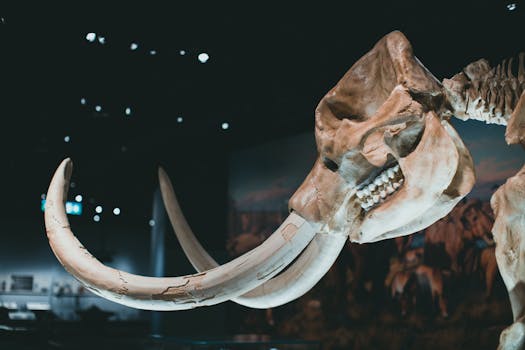Understanding Cultural Heritage

Cultural heritage refers to the traditions, artworks, monuments, and artifacts that represent the shared history and identity of communities. It is through these tangible and intangible assets that societies convey their past; thus, it plays a vital role in ensuring that future generations maintain a connection to their roots. Unfortunately, this invaluable heritage is continually threatened by various factors, including armed conflict, climate change, illicit trafficking, and neglect.
The Threats to Artifacts

The ongoing political turmoil in various parts of the world has placed countless ancient artifacts at risk. During periods of conflict, cultural sites and museums often become targets, resulting in the theft or destruction of irreplaceable items. Moreover, climate change opens a new frontier of threats, as rising sea levels and severe weather conditions lead to the erosion or degradation of archaeological sites. In addition to these external threats, the illicit art market has grown robust, further jeopardizing the existence of significant artifacts as traffickers seek to profit from stolen goods.
Global Efforts for Preservation

In about every corner of the globe, institutions and international organizations work tirelessly to safeguard cultural heritage. For instance, UNESCO has initiated numerous programs aimed at combatting the illicit trade of antiquities and providing assistance to war-torn countries to help protect and restore their heritage sites. Collaborative agreements, such as the “UNESCO Convention on the Means of Prohibiting and Preventing the Illicit Import, Export and Transfer of Ownership of Cultural Property,” have established frameworks within which nations can cooperate to protect shared culture.
The Role of Technology in Preservation

Technology poses innovative ways to combat the challenges facing cultural heritage today. Digital preservation, for example, enables high-resolution imagery and 3D modeling, which can capture artifacts in rich detail, making them accessible to everyone, even if the physical items are at risk. Additionally, technologies like drones and ground-penetrating radar aid in documenting archaeological sites without intrusive excavations, allowing for the preservation of these locations.
Community Involvement and Awareness

Engaging local communities is crucial for heritage preservation. Community-driven initiatives foster an understanding of the importance of heritage, encouraging citizens to take active roles in protecting their cultural assets. This grass-roots involvement not only secures the future of these artifacts but also rejuvenates a sense of identity and local pride among individuals. Partnerships between locals and preservationists further promote knowledge exchange and can lead to far-reaching efforts that ultimately safeguard cultural heritage for generations.





